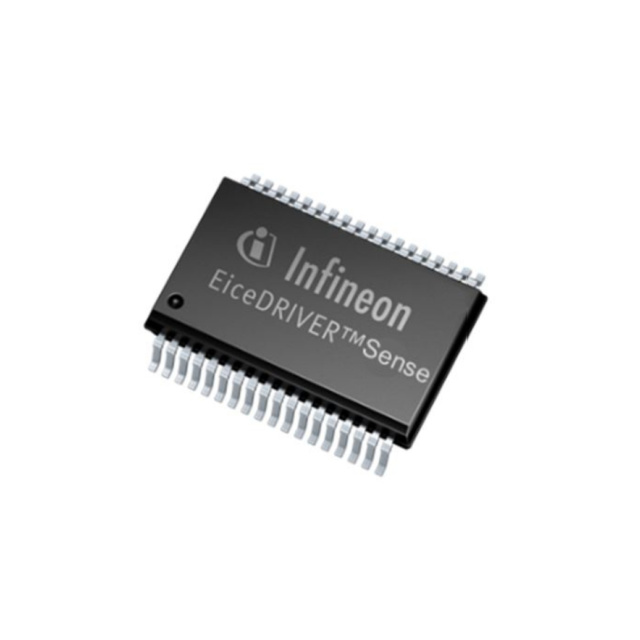EiceDRIVER™ Series, Isolators - Gate Drivers
Results:
102
Manufacturer
Series
Current - Output High, Low
Supplier Device Package
Rise / Fall Time (Typ)
Current - Peak Output
Voltage - Output Supply
Package / Case
Voltage - Isolation
Propagation Delay tpLH / tpHL (Max)
Operating Temperature
Common Mode Transient Immunity (Min)
Pulse Width Distortion (Max)
Approval Agency
Grade
Qualification
Number of Channels
Mounting Type
Technology
Voltage - Forward (Vf) (Typ)
Current - DC Forward (If) (Max)
Results remaining:102
Applied Filters:
EiceDRIVER™
About Isolators - Gate Drivers
Isolator gate drivers are electronic devices that serve as an interface between power signals and external MOSFET (Metal-Oxide-Semiconductor Field-Effect Transistor) or bridge architecture circuits. They play a crucial role in controlling the switching of power devices while providing electrical isolation between the control circuitry and the high-power components. Isolator gate drivers utilize different technologies to achieve electrical isolation, including capacitive coupling, magnetic coupling, and optical coupling. These technologies ensure that power signals can be transmitted between the input and output sides of the gate driver without direct electrical connection, providing safety and protection against voltage surges and other electrical disturbances. The number of channels in isolator gate drivers can vary, typically available in configurations of 1, 2, or 4 channels. Each channel represents an independent path for signal transmission and isolation, accommodating different system requirements and allowing for individual control of multiple power devices. One important characteristic of isolator gate drivers is their voltage isolation capability, which refers to the maximum voltage that can be safely isolated between the input and output sides. The voltage isolation ranges from 1000Vrms to 7500Vrms, ensuring robust protection against high voltages and potential hazards. Another important parameter is the propagation delay, which is the time it takes for a signal to travel through the isolator gate driver. The propagation delay of isolator gate drivers can vary from 30ns to 5ms, influencing the speed at which signals are transmitted and the responsiveness of the power devices being controlled. In summary, isolator gate drivers are electronic devices that provide electrical isolation between power signals and external MOSFET or bridge architecture circuits. They utilize technologies like capacitive coupling, magnetic coupling, or optical coupling. Isolator gate drivers can have different numbers of channels, ranging from 1 to 4, allowing for individual control of multiple power devices. They offer voltage isolation capabilities ranging from 1000Vrms to 7500Vrms and have propagation delays varying from 30ns to 5ms. Isolator gate drivers are essential components for safe and efficient control of high-power devices.


